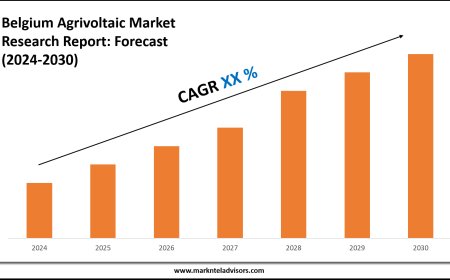HVO Fuel: A Renewable Solution for Cleaner Diesel

As the world shifts towards greener energy alternatives, HVO fuel (Hydrotreated Vegetable Oil fuel) has emerged as a promising renewable diesel option. Made from sustainable sources such as vegetable oils, animal fats, and used cooking oils, HVO fuel offers significant reductions in greenhouse gas emissions and harmful pollutants compared to traditional fossil diesel. Its compatibility with existing diesel engines and infrastructure allows industries and transport sectors to adopt cleaner fuel with minimal changes, supporting global efforts to reduce carbon footprints.
What is HVO Fuel?
HVO fuel is produced through a hydrotreatment process that converts natural oils and fats into a high-quality, paraffinic diesel fuel. This process involves reacting feedstocks with hydrogen under high pressure and temperature, removing oxygen and impurities. The result is a renewable diesel that is chemically similar to fossil diesel but burns cleaner and more efficiently.
Unlike conventional biodiesel (FAME), which contains oxygen and can affect engine performance and fuel stability, HVO fuel is free of oxygen, sulfur, and aromatics. It meets the EN 15940 standard, ensuring its safe and effective use in all diesel engines without modification.
Environmental Benefits
One of the key advantages of HVO fuel is its potential to significantly reduce carbon emissions. Depending on the feedstock and production process, it can lower lifecycle greenhouse gas emissions by up to 90% compared to fossil diesel. Additionally, HVO fuel emits less nitrogen oxides (NOx), particulate matter, and other pollutants, contributing to cleaner air and improved public health.
Moreover, HVO fuel supports the circular economy by using waste materials like used cooking oil and animal fats, which reduces waste and decreases reliance on virgin crops. This helps to mitigate issues related to land use, deforestation, and food security commonly associated with some first-generation biofuels.
Compatibility and Performance
HVO fuel is a drop-in fuel, meaning it can be used either as a pure fuel or blended with conventional diesel in any proportion without requiring engine modifications. This makes it an attractive option for transport fleets, construction equipment, and agricultural machinery seeking to reduce emissions without costly adjustments.
From a performance standpoint, HVO fuel boasts a high cetane number, improving combustion efficiency and reducing engine noise. It also offers excellent cold flow properties, ensuring reliable operation in colder climates where traditional biodiesel blends might face gelling problems.
Challenges and Future Outlook
Despite its benefits, HVO fuel faces challenges related to feedstock availability and cost. Sustainable raw materials are limited, and some producers have used palm oil, which has raised concerns regarding deforestation and biodiversity loss. Ensuring feedstock sustainability through certifications is critical to maximizing the environmental advantages of HVO fuel.
Currently, HVO fuel is more expensive than fossil diesel, but as production scales and technology advances, costs are expected to decrease. Supportive government policies, incentives, and increasing demand for low-carbon fuels will further encourage its adoption.
Conclusion
HVO fuel is a versatile and sustainable alternative to conventional diesel, offering substantial environmental benefits while maintaining compatibility with existing engines. Its renewable origin, low emissions, and operational advantages make it an essential component in the transition to cleaner transportation and industry. As global efforts to combat climate change intensify, HVO fuel is poised to play a crucial role in driving the future of sustainable energy.







































